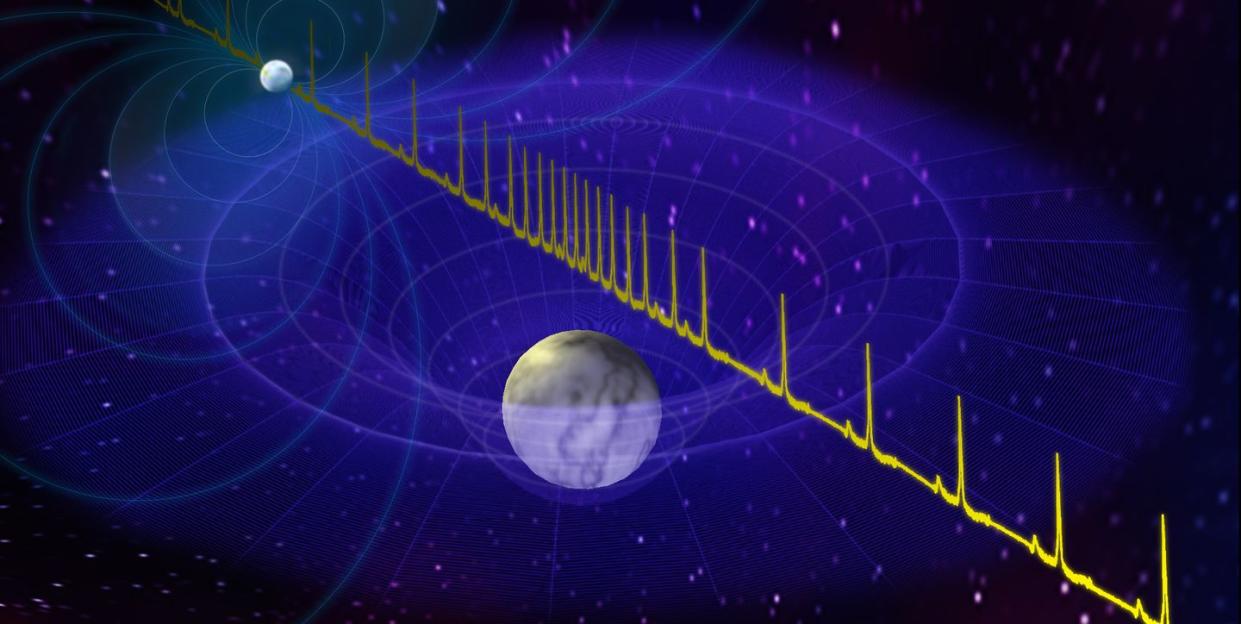Astronomers Observe the Most Massive Neutron Star Ever

Astronomers have discovered the most massive neutron star ever observed.
Signals from the pulsar (a type of neutron star) were detected 4,600 light years away from Earth.
There have been over 2,000 pulsars found throughout the universe since their discovery more than 50 years ago.
Astronomers using the Green Bank Observatory in West Virginia have observed the most massive neutron star ever measured. The newly discovered pulsar, J0740+6620, stretches the limits of how massive and compact scientists believe these stars to be, according to a paper published today in Nature Astronomy.
Neutron stars are remnants of collapsed star cores that have undergone a supernova explosion. Pulsars are an extremely dense type of neutron star that spin at regular intervals, sending blinking beams of light out from their magnetic poles and into the universe. Because pulsars blink with exceptional regularity, astronomers track these twinkling celestial oddities to gain insight into spacetime and general relativity.
By the Numbers
2.17—The newly discovered neutron star weighs about 2.17 times the mass of the sun. (That’s 333,000 times the mass of Earth!)
15—The diameter of J0740+6620 is approximately 15 miles.
2,000—In the more than 50 years since pulsars were discovered by Jocelyn Bell Burnell in 1967, scientists have measured over 2,000 of them.
4,600—Scientists say they detected signs of the neutron star roughly 4,600 light years away from Earth.
100 million—That’s how much a sugar cube’s worth of neutron star material would weigh here on Earth.
You Might Also Like

